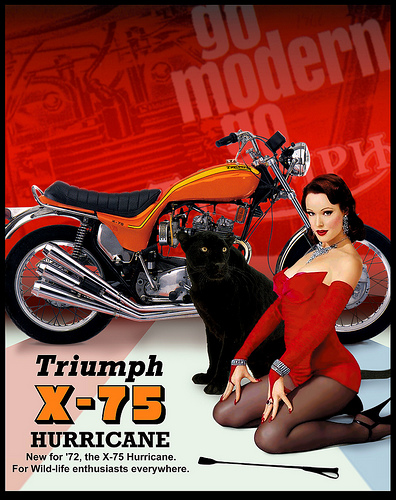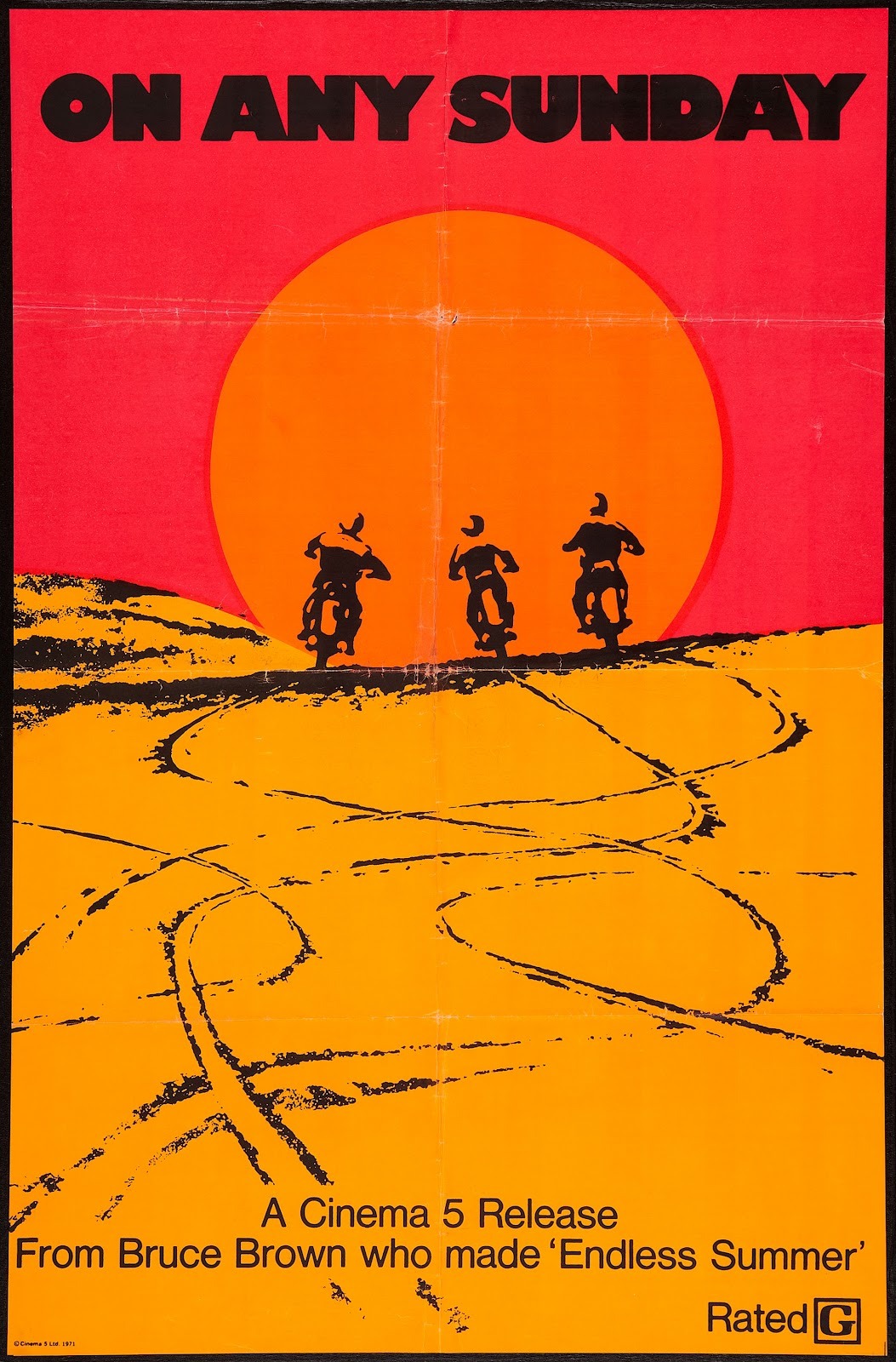






One of the most recognizable faces of the Disco era, "Biker" Glenn Martin Hughes is born. The YMCA will be changed forever.
Bored with his job as a toll collector at the Brooklyn-Battery Tunnel, Glen Hughes responds to an ad by composer Jacques Morali looking for "macho" singers and dancers. His audition is a success and being a motorcycle owner/rider he's chosen to be the "Biker" of the group, dubbed "The Village People". Glen and the other members are given a crash course in the synchronized dance choreography and then sent out on the unsuspecting public.
Glenn's powerful bass voice, handlebar moustache and his trademark leather outfit (that he wore seemingly 24 hours a day) were regarded as keys to the Disco goldmine, as YMCA, Macho Man and In The Navy became engrained in John Q. Public's brain. Love it or hate it, you couldn't get away from it.
Hughes became one of the icons of the disco era, his face/image appearing everywhere including a special television broadcast at the Playboy Mansion with Hugh Hefner and in People Magazine's 1979 list of most beautiful people.
He retired in 1996 and launched his own successful cabaret act and to keep his "Biker" image in the public's mind he was known for cruising the streets of NYC on his Custom Harley-Davidson.
Glen Hughes died in March 4, 2001, at his Manhattan apartment from lung cancer. He was subsequently interred (wearing his Leatherman outfit) at Saint Charles Cemetery in Farmingdale, Long Island, New York.
Glenn's powerful bass voice, handlebar moustache and his trademark leather outfit (that he wore seemingly 24 hours a day) were regarded as keys to the Disco goldmine, as YMCA, Macho Man and In The Navy became engrained in John Q. Public's brain. Love it or hate it, you couldn't get away from it.
Hughes became one of the icons of the disco era, his face/image appearing everywhere including a special television broadcast at the Playboy Mansion with Hugh Hefner and in People Magazine's 1979 list of most beautiful people.
He retired in 1996 and launched his own successful cabaret act and to keep his "Biker" image in the public's mind he was known for cruising the streets of NYC on his Custom Harley-Davidson.
Glen Hughes died in March 4, 2001, at his Manhattan apartment from lung cancer. He was subsequently interred (wearing his Leatherman outfit) at Saint Charles Cemetery in Farmingdale, Long Island, New York.
Today in motorcycle history proudly supports the National Association for Bikers with a Disability (NABD). www.nabd.org.uk


























